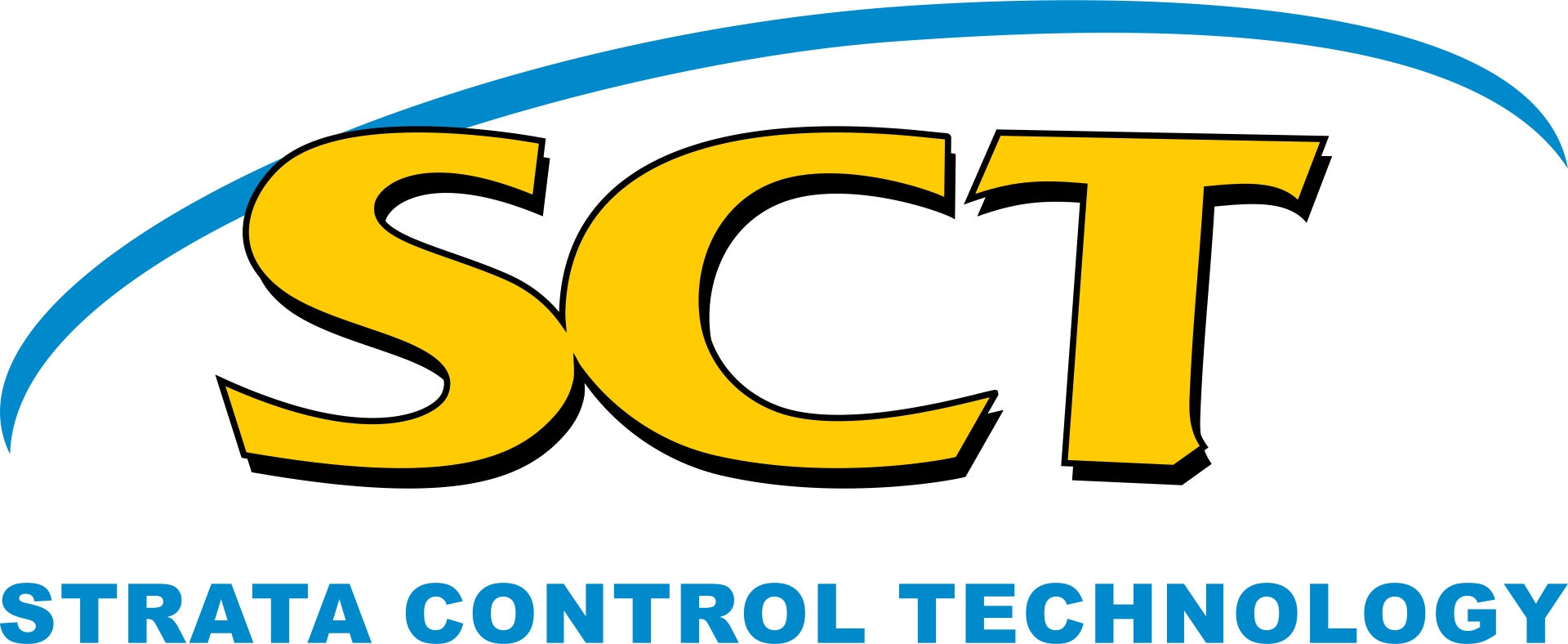Welcome to SCT's own publications library which contains a collection of recent publications and other resources with reliable research about our technology.
-
Combining Modern Assessment Methods to Improve Understanding of Longwall Geomechanics - Winton Gale - Published 1998
Published Feb, 1998Ongoing, collaborative research between CSIRO's Exploration and Mining and Strata Control Technology has resulted in a better understanding of rock failure mechanisms around longwall extraction. Failure has occurred further ahead of the retreating face than predicted by conventional longwall geomechanics theory. In some cases significant failure has been detected several hundred metres ahead of the face position with demonstrated influences of minor geological discontinuities. Shear, rather than tensile failure has been the predominant failure mechanism in the environments monitored. Validating technologies of microseismic monitoring and new face monitoring techniques have assisted the development of predictive 2D computational modelling tools. The demonstrated 3D consequences of failure has assisted in the ongoing direction of the project to further investigate these effects. Combining-modern-assessment-methods-to-improve-understanding-of-longwall-geomechanics-W.Gale.pdf2.9 MB -
Coal Pillar Design Issues in Longwall Mining - Winton Gale - Published 1998
Published Feb, 1998Coal pillar design has been based on generalised formulae of the strength of the coal in a pillar and experience in localised situations. Stress measurements above and in coal pillars indicate that the actual strength and deformation of pillars varies much more than predicted by formulae. This variation is due to failure of strata surrounding coal. The pillar strength and deformation of the adjacent roadways is a function of failure in the coal and the strata about the coal.
When the pillar is viewed as a system in which failure also occurs in the strata, rather than the coal only, the wide range of pillar strength characteristics found in the UK, USA, South Africa, Australia, China, Japan and other countries are simply variations due to different strata-coal combinations and not different coal strengths. This paper presents the measured range of pillar strength characteristics and explains the reasons. Methods to design pillar layouts with regard to the potential strength variations due to the strata strength characteristics surrounding the seam are presented. Coal-Pillar-Design-Issues-in-Longwall-Mining-Winton-Gale.pdf3.3 MB -
A review of Recent in situ Stress Measurements in United Kingdom Coal Measures Strata - Paul Cartwright - Published 1997
Published Jul, 1997The in-situ stress regime is recognised by United Kingdom coal mine operators as a significant design parameter related to efficient mine design. The results obtained from recent overcore stress measurements undertaken in Coal Measures strata are analysed and presented. A relationship has been deduced which relates the maximum horizontal stress to the depth and to the elastic properties of the rock. This relationship is considered more suitable for estimating the maximum horizontal stress magnitude in Coal Measures strata than existing methods based solely on the depth of cover. This study also indicates that all in-situ stress determinations in sedimentary strata should be quoted with the elastic properties of the test horizons. A-review-of-recent-in-situ-stress-measurements-in-United-Kingdom-Coal-Measures-strata-P.Cartwright.pdf2.1 MB -
Prediction of strata caving characteristics and its impact on longwall operation - Winton Gale
Published Feb, 1998Recent advances in computer simulation together with field measurements of caving and microseismic activity about longwall panels, has allowed a much better understanding of the caving process and the variability due to geology. The joint research between SCT Operations and CSIRO Division of Exploration and Mining has initiated new methods of computational modelling predicting various caving patterns and strata failure far ahead of the longwall face. This work was validated by field measurements of caving and microseismic activity at the longwall face.
The rock fracture distribution and the caving characteristics of a range of strata sections have been simulated by computer methods. Validation studies of the method were addressed together with case studies. The interaction of caving with support convergence and face control is presented. The method allows the simulation of longwall support behaviour under various geological conditions. The system also allows a prediction of the monitoring data, which is best suited to give an early warning of weighting events or signal various key caving characteristics. Prediction-of-strata-caving-characteristics-and-its-impact-on-longwall-operation-Winton-Gale-1998.pdf2.9 MB
